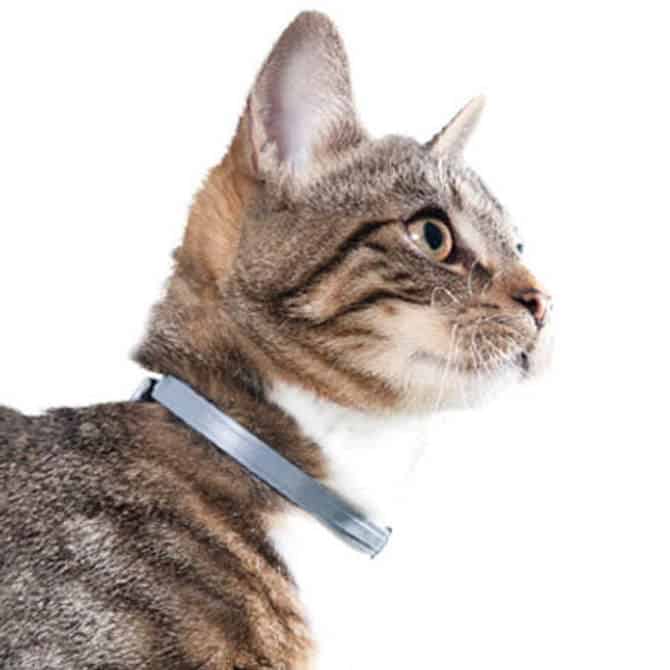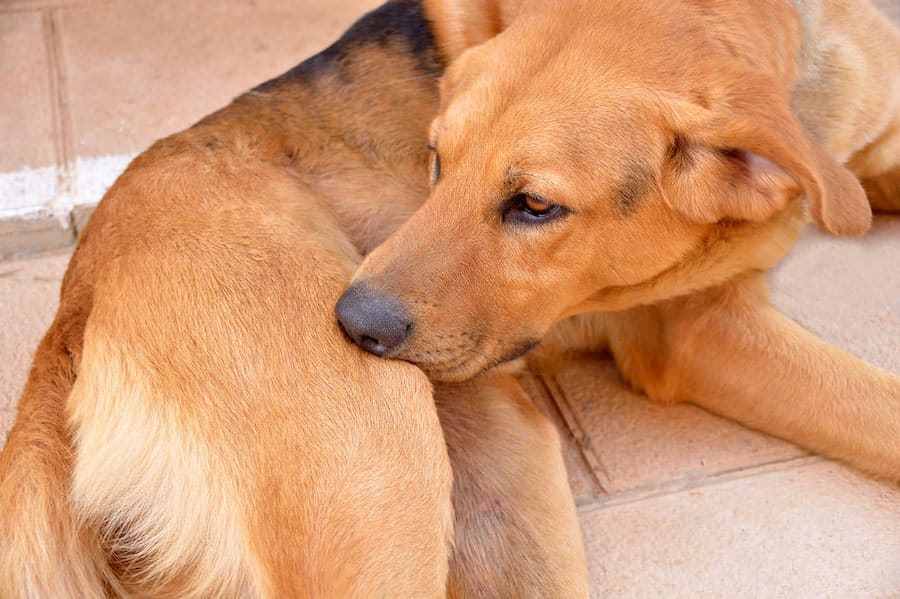Where do Fleas Live and Hide?
Most of us know that adult fleas live on birds, animals and pets. Surprisingly, this only accounts for around 5% of the flea population within that environment. Eggs, larvae and pupae which are not found on animals make up the other 95%.
The female flea will lay her eggs on the animal. As the eggs have no way of attachment, they will fall off into the surrounding environment. They are then transferred to places an animal frequents such as the garden and inside the home. Following this, they will then hatch and continue the life cycle. This begins as larvae, then develops into pupae, before emerging from their cocoons as adults and finding a host.
Do Fleas Live on Pets?
Adult fleas can be found living on a variety of animals. Once they have found their host, it is very rare that they will leave as they are permanent parasites. After they begin feeding on their host, they become dependent on their blood. If removed from their host, the flea will die within around four days. Removal will only usually occur through grooming or death of the flea.
While on their host the fleas will feed, mate and lay their eggs. It is necessary for a female flea to have a permanent host. Without continual feeding, she will be unable to lay her eggs. Fleas are generally found on the back, neck and underside of a cat or dog. The areas in which they are found will depend on the grooming habits of the animal. It is very rare that you will find fleas on the legs or tail of the animal.
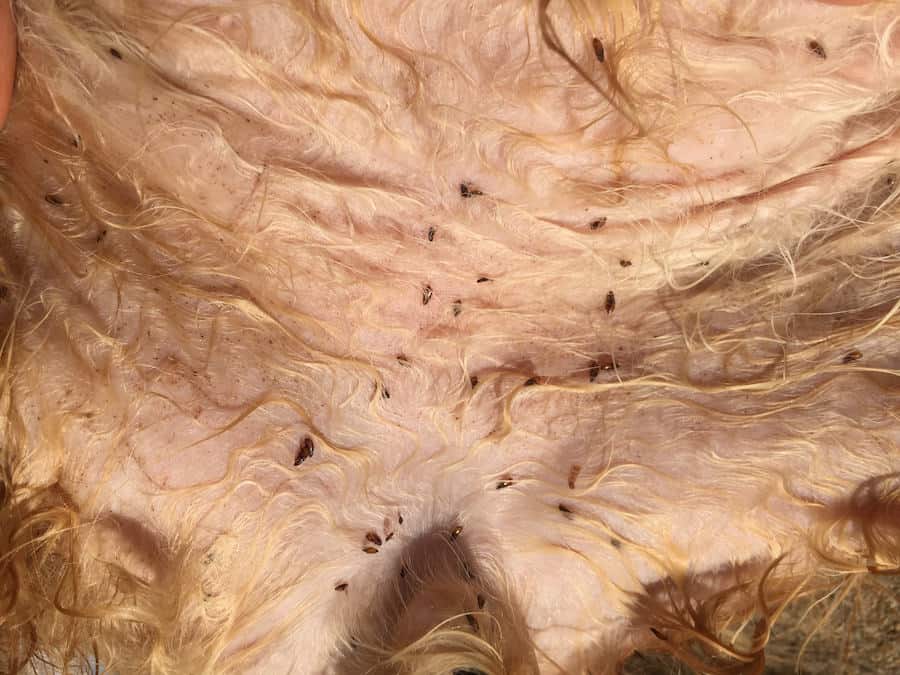
It is uncommon for fleas to move from animal to animal unless disturbed.
In general cats and dogs would have less than 20 fleas living on them. It is thought, though, that they could potentially support 200 – 300 fleas. Studies have also looked into whether cats or dogs harbor more fleas. The findings from these studies vary so it seems individual animals are susceptible rather than a certain breed.
Do Fleas Live Away From Pets?
Only as eggs, larvae and pupae do fleas live away from the animal. As the eggs are laid by the female on the dog or cat, they will drop from the fur into the pet’s environment. These will be places such as carpets and pet beds or baskets. Fleas are also commonly found in human beds, especially if infested pets frequently visit the room. Eggs represent 50% of the flea population in the environment.
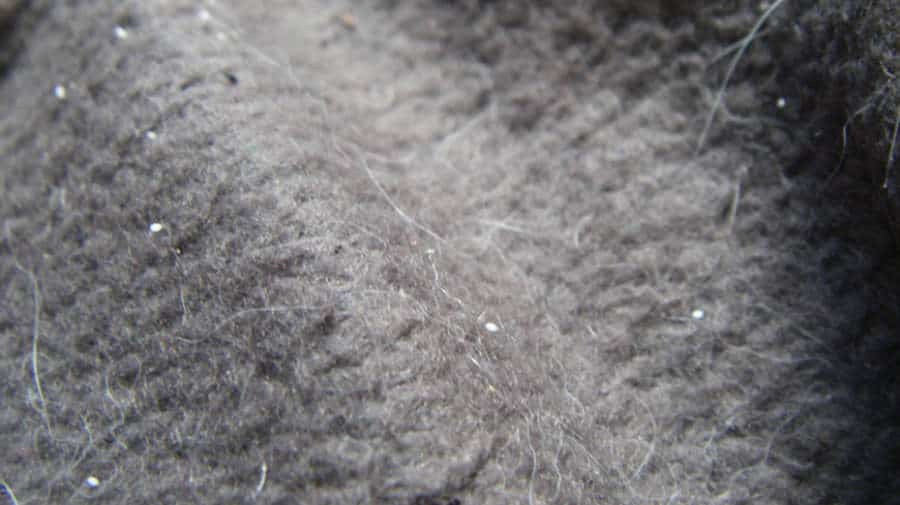
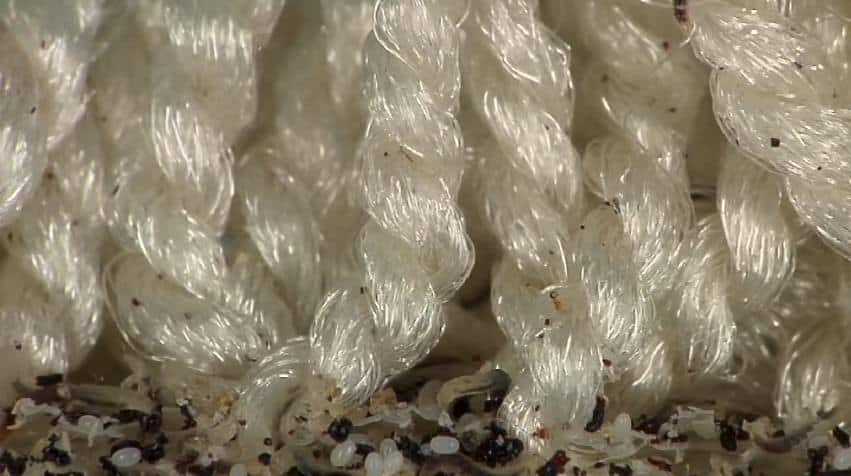
After hatching from the egg the larvae will burrow to dark places. They like crevices of hardwood floors, carpets, rugs, folds of cushions or beneath furniture. Hiding in these places where it is dark, they can feel safe and feed on flea dirt and other flea eggs.
Flea larvae account for around 35% of the population in your environment. Within around five to 20 days of hatching the larvae will begin to spin their cocoon. Making themselves ready to start the pupae stage.
The pupae stage is the final stage before adulthood. Pupae account for 10% of the flea population in the environment. They lay deep in their hiding place for several days or weeks depending on conditions. They will observe for signs that it is the right time to emerge from their cocoon by looking for a rise in carbon dioxide, body heat and vibrations which alert them that a host is near.
The eggs, larvae and pupae may also survive outdoors if the conditions are right. Ideal places are sheltered and humid areas. Places where the animal will go to rest or take shade such as dog houses, porches or beneath decking. They will not survive on lawns as they need shaded, humid areas that are protected from the elements of the weather.
Can Fleas Live on Humans?
Due to our lack of fur we are not such a desirable place for fleas to live. Having said that, they may jump on to transport to their host. While there, they will enjoy a blood meal from us. There is also the possibility of fleas becoming stuck in clothing and being unable to leave. If this happens, they will feed periodically. Potentially they could be there for a couple of days before finding their way off.
Newly emerged adults will jump to the nearest warm-bodied host. If a human is the nearest thing, then this will be them. This is why it is common for humans to see flea bites on the lower legs and feet. The new adults emerge from the depths of the carpets and dark crevices ready to feed.
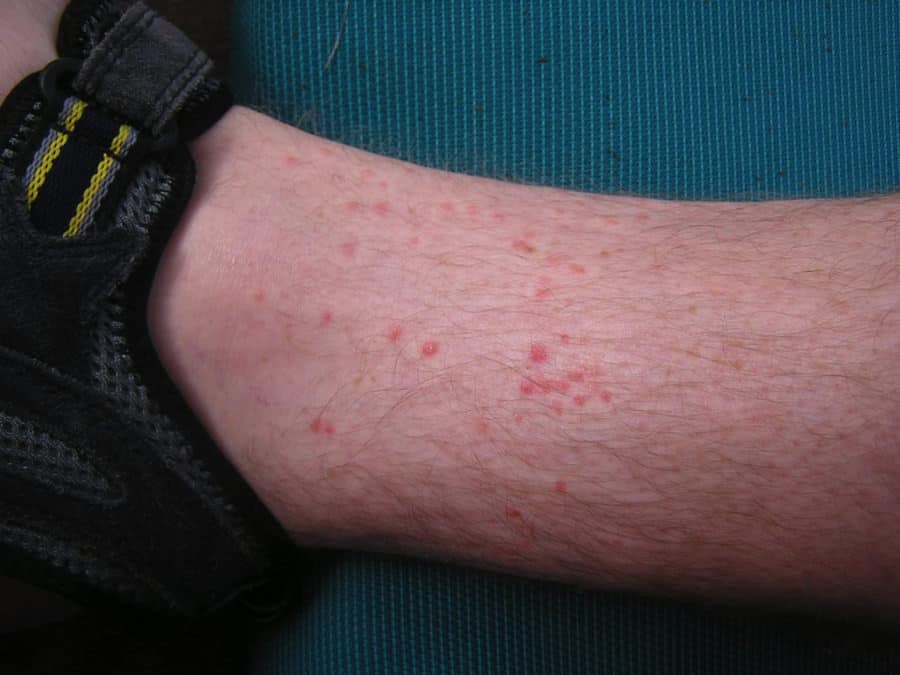
The survival of a flea is governed by their ability to find a host and remain there feeding and reproducing. Humans are not the top choice as hosts. This is not only due to the lack of hair as I mentioned before. It is also difficult to jump to people and grasp them as their host. As fleas are dark, they are more visible to the naked eye. On light skin, they will soon be seen and picked off often before even getting the chance to feed.
If a flea does jump onto a human, it will usually leave immediately after a blood meal. This will be two or three bites before leaving. They are not able to bite through clothing so can only bite exposed areas or crawl beneath the clothing to feed. This is potentially where it may become stuck and unable to leave as mentioned before.
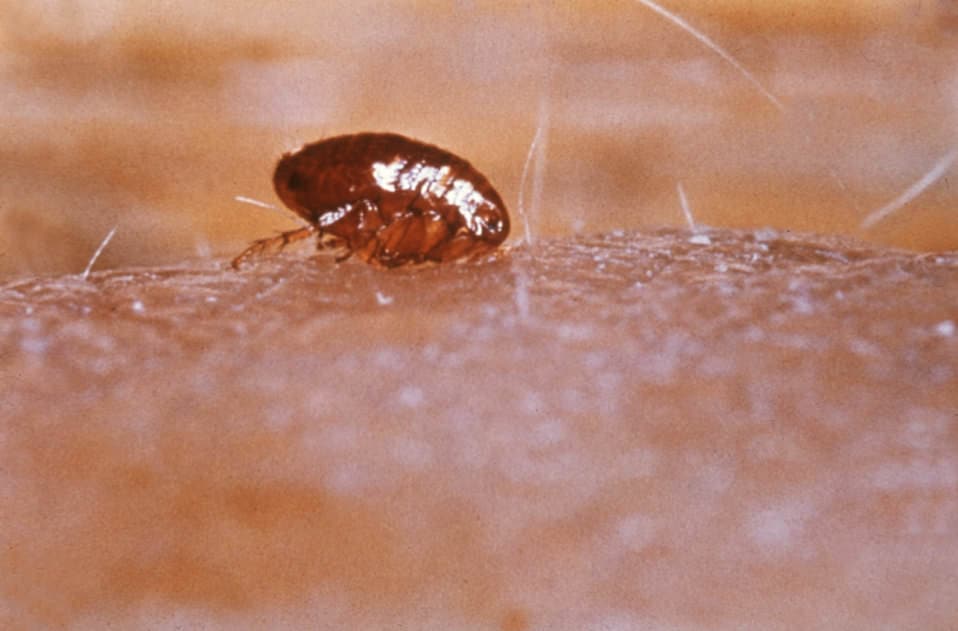
As fleas find humans undesirable hosts due to their lack of hair and fur, they will not reproduce on a human so it is unlikely you would ever find eggs on a person.
There is another type of flea called Pulex Irritans and these are human fleas. They will live on humans in their hair such as scalp, armpits and other hairy areas of the body. However, these are generally only found in tropical climates.
How Do Fleas Travel Between Places?
A flea is a wingless insect so its ability to move from place to place comes from its expertise in jumping. Fleas are capable of jumping great distances. In fact, they are able to jump on average eight inches horizontally and around five inches high due to their fantastically-evolved hind legs.
In general, once it has found a host the flea will remain with that host and not move. Sometimes the flea may be dislodged from the host. This can happen through grooming and this is when it will venture to find another host. It is rare even when animals live close together that fleas will jump from one animal to another by choice.
Fleas will travel by jumping using their strong and long hind legs. They may jump onto humans and attach to clothes, hitching a ride to find a suitable host. As I mentioned above once they have found a host unless dislodged they will stay with that host. For the eggs, this is a different matter.
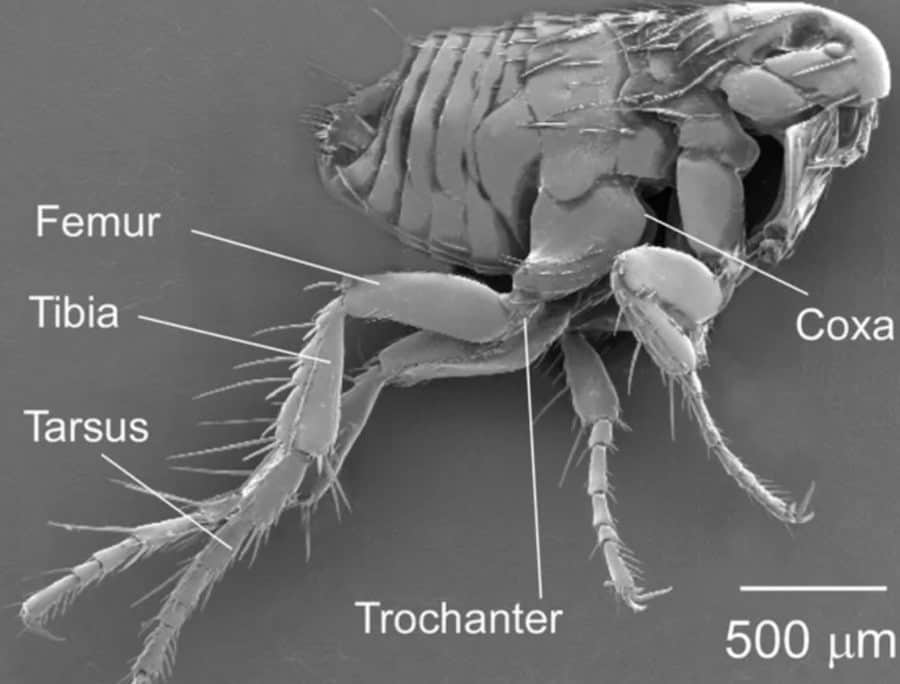
The eggs laid on the animal will fall off in its environment. They will then develop through their life stages to emerge as adult fleas. Newly emerged fleas need to find a suitable host quickly to feed, so need to travel from the place they have spent as larvae and pupae. To do this they will jump to the first warm-bodied animal they find which could be a human.
The eggs, larvae or pupae of a flea may be well hidden in carpets, rugs, seams of clothing or cushions and in crevices of hardwood. For this reason, it is easy to see how furniture and clothing may also be used as transport by fleas to move to a different destination.
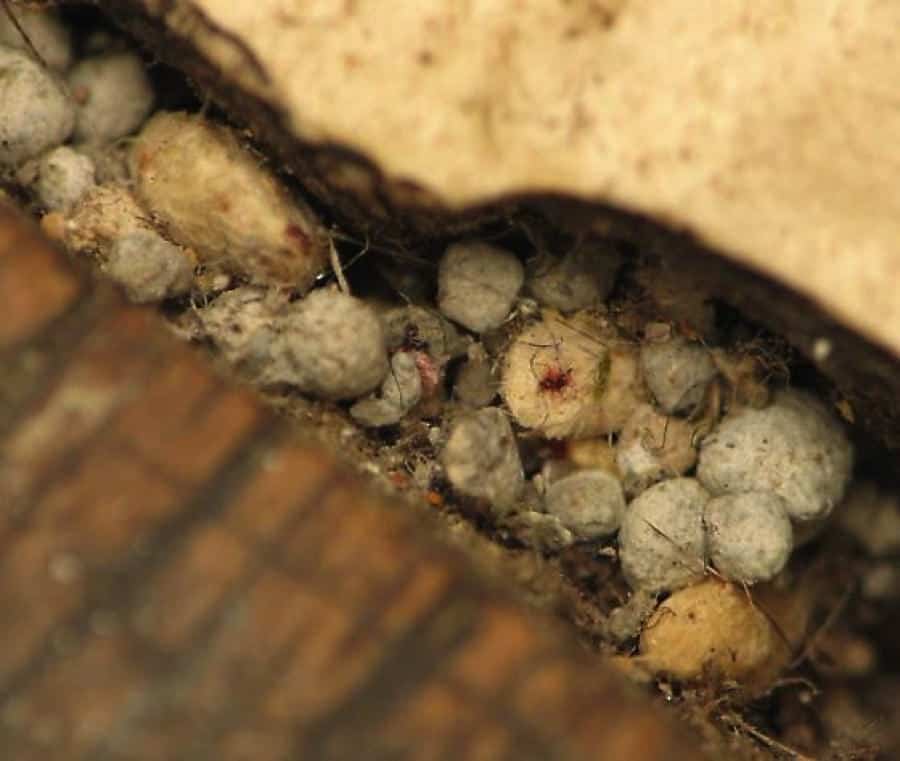
Even if you don’t have pets, it is still possible for fleas to enter your home through the transfer of furniture or other items as well as yourself.
Wildlife in your yard may also be a potential transport system used by fleas. When you or your pet then walk around the yard, the fleas will see a potential host and hop on board to hitch a ride.
Summary
You now have insight into where fleas live and their preferred habitats. We have looked at how fleas travel between places to help identify how possible flea infestations could occur. You should now be aware of common places where eggs, larvae and pupae may be found and how they may be transported between places.
We have learned that there is a species of human fleas. Generally only found in tropical climates, it is unlikely to find them in our homes. You’re now aware it is unlikely that fleas will live on humans, but they may potentially feed on them and use them as transportation to help find their more permanent host.

